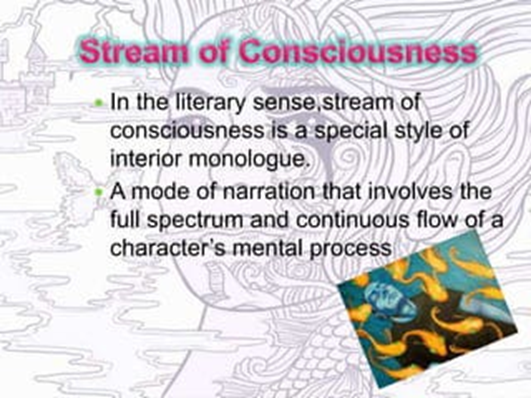Identity Crisis and Loneliness in Virginia Woolf's Mrs. Dalloway

Introduction : Mrs. Dalloway is a novel written by Virginia Woolf which was first published in 1925. The story primarily revolves around the life of Clarissa Dalloway, a high-society woman in post-World War1 London. The novel "Mrs. Dalloway" talks about how people see themselves and feel lonely through the eyes of different characters. The story looks at how individuals deal with who they are and the sad and lonely feelings that can come from society's rules and personal problems. Identity crisis : "Mrs. Dalloway" by Virginia Woolf is about characters who are confused about who they are. Some characters in the story struggle with understanding themselves and question their roles in society. Here are some examples of identity confusion in the story: 1. Clarissa Dalloway : The main character, Clarissa Dalloway, has a hard time understanding herself throughout the book. She struggles with parts of her personality, her past, and how she fits in society


